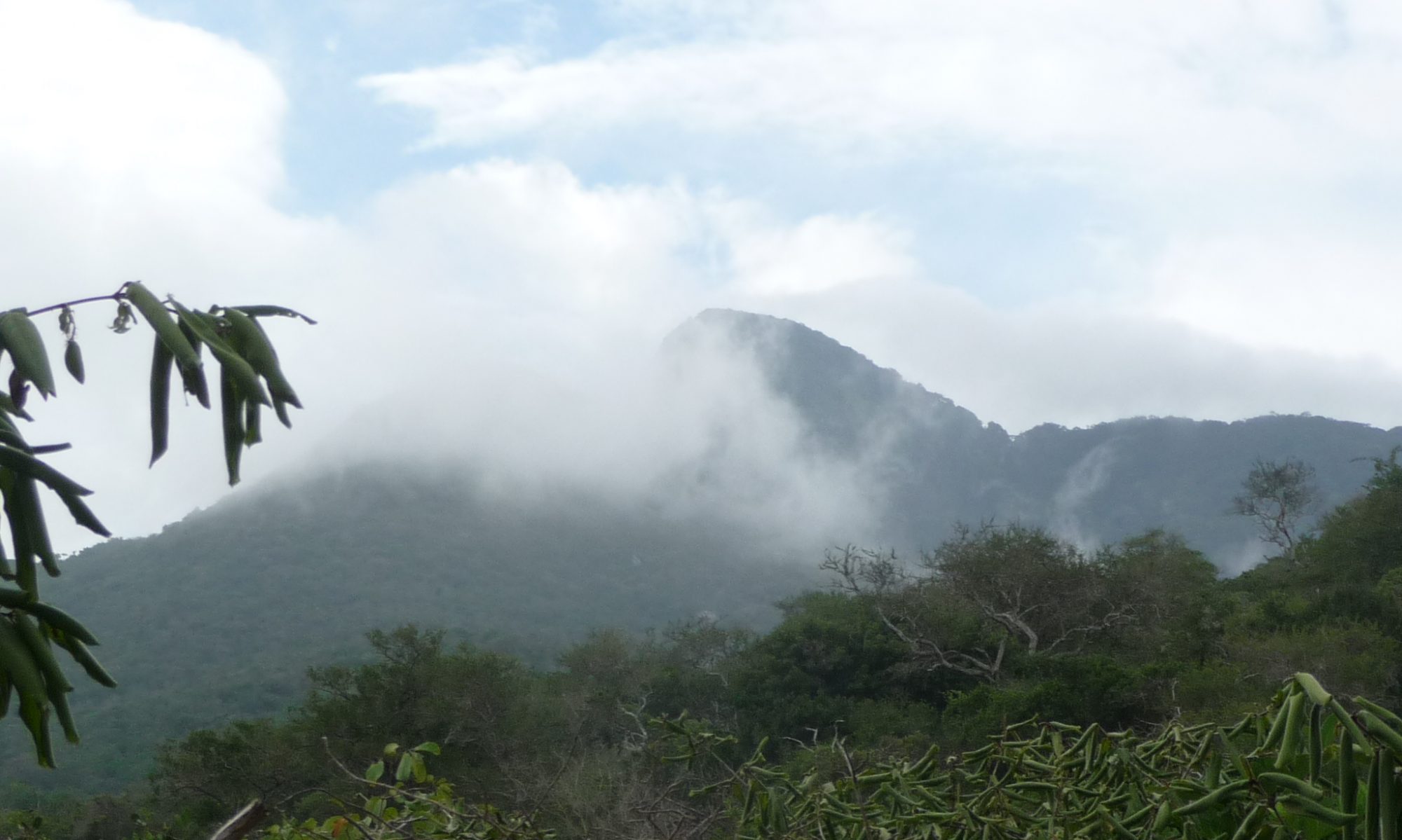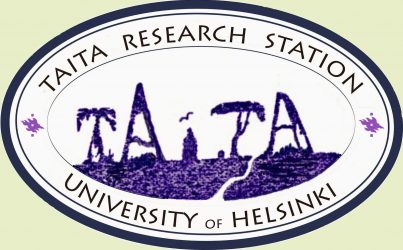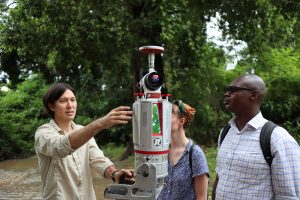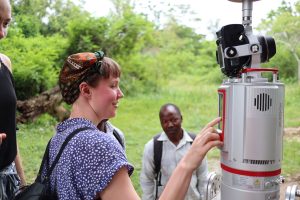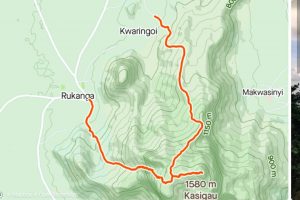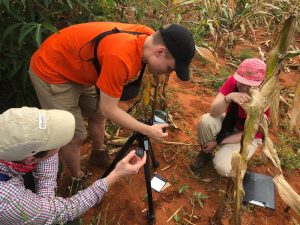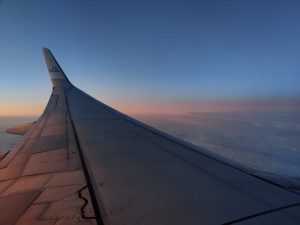 The journey back home started already yesterday morning and all-day drive on dusty Mombasa highway and continues today. I was part of team KLM and our flight took off from Nairobi just around midnight. Before that some were enjoying the lounge experience and some doing last-minute souvenir shopping at the airport. The flight to Amsterdam was eight hours long and we were warned of strong turbulence which did occur. The flight passed while talking about the highlights of the course, viewing the dumbest pictures, enjoying drinks and sleeping. After the Kenyan countryside, where air-con is a term unknown, I caught a runny nose from the air-conditioning on board.
The journey back home started already yesterday morning and all-day drive on dusty Mombasa highway and continues today. I was part of team KLM and our flight took off from Nairobi just around midnight. Before that some were enjoying the lounge experience and some doing last-minute souvenir shopping at the airport. The flight to Amsterdam was eight hours long and we were warned of strong turbulence which did occur. The flight passed while talking about the highlights of the course, viewing the dumbest pictures, enjoying drinks and sleeping. After the Kenyan countryside, where air-con is a term unknown, I caught a runny nose from the air-conditioning on board.
 After landing to Amsterdam at 6.10 AM our group slip into even smaller parts. Half were flying home around 9 AM and Sanna, Toni and myself stayed back to enjoy Amsterdam until 2 PM. Sanna and Toni spent a laid back morning on Schiphol Airport while I took the train to Amsterdam Centraal to explore a bit. By my arrival to the city, it was still pitch-dark and quite. I strolled around in the city that was about to wake up and was feeling cold after African heat. I strolled along canals, past Bloemenmarkt and beautiful churches and enjoying a second and third breakfast (first one was on the plane). It was great to finally have good coffee and mobile data handy at every corner. I wanted to visit Amsterdam cheese museum but they weren’t open early enough and also decided to just admire Anne Frank Huis from outside.
After landing to Amsterdam at 6.10 AM our group slip into even smaller parts. Half were flying home around 9 AM and Sanna, Toni and myself stayed back to enjoy Amsterdam until 2 PM. Sanna and Toni spent a laid back morning on Schiphol Airport while I took the train to Amsterdam Centraal to explore a bit. By my arrival to the city, it was still pitch-dark and quite. I strolled around in the city that was about to wake up and was feeling cold after African heat. I strolled along canals, past Bloemenmarkt and beautiful churches and enjoying a second and third breakfast (first one was on the plane). It was great to finally have good coffee and mobile data handy at every corner. I wanted to visit Amsterdam cheese museum but they weren’t open early enough and also decided to just admire Anne Frank Huis from outside.

After a couple of hours of wandering around, it was time to head back to the airport and this time to home. So, I took a train towards Bruxelles and alighted at Schiphol. At that point, I passed the 6th security control in 24 hours. While we were waiting to board our flight, the earlier KML group had already landed and some were enjoying cold-smoked salmon on rye bread.
The last three musketeers standing on our flight were all tired and I slept most of the flight. Finland welcomed us with an extremely foggy hug (seriously, you couldn’t see the ground at all before landing) and freezing rain. Everything worked smoothly although the weather was a bit of a shock. When they were checking tickets on P train two stops after Helsinki-Vantaa, I felt like I was home. I went to the convenience store around my place and bought two packets of rye bread and Geisha Cappuccino chocolate bar (delicious!) and spent the rest of the day doing laundry, showering and enjoying fresh bed sheets.
